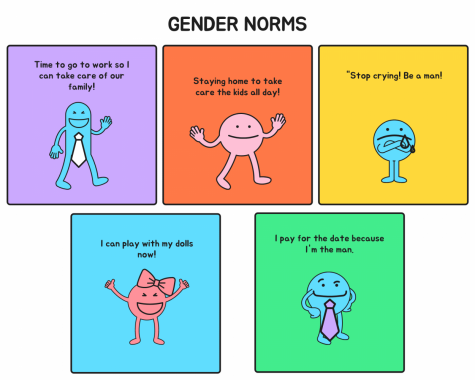America’s unhealthiest fast foods
January 9, 2015
As of 2008, the health department is citing violators for not giving nutritional information for their products, including most packaged goods. This includes fast food providers.
The Food and Drug Administration (FDA), however, does not require eateries to provide accurate nutritional value information.
According to the Food Research and Action Center, obesity among American adults has doubled since the 1980s from 15 to 30 percent, and childhood obesity rates have more than tripled. Almost two-thirds of Americans are obese.
In 2014, Mississippi surpassed West Virginia as the most obese state. The United States is ranked as the 8th most obese country in the world. While recent studies have suggested that the inclusive rates of obesity have plateaued or even declined in certain areas, obesity is widespread and continues to be a leading public health issue.
American cuisine is not necessarily definitive by one type. It is rather an interpretation and combination of international foods, but fried, greasy and processed typically describe the all-American “fast food” diet.
In fact, America is home to some of the unhealthiest fast foods and cuisines in the world.
Here is a list of some of the top five unhealthiest culprits:
- McDonald’s Bacon Clubhouse Crispy Chicken Sandwich
750 calories, 38 grams of fat, 1,720 milligrams of sodium and 110 milligrams of cholesterol.
- Pizza Hut’s 6″ Meat Lover’s Personal Pan Pizza
850 calories, 48 grams of fat, 2,140 milligrams of sodium and 105 milligrams of cholesterol.
- Taco Bell’s XXL Grilled Stuffed Burrito: Beef
870 calories, 41 grams of fat, 2,200 milligrams of sodium and 70 milligrams of cholesterol.
- Subway’s Footlong Big Hot Pastrami Melt
1,160 calories, 56 grams of fat, 2,940 milligrams of sodium and 170 milligrams of cholesterol.
- Carl’s Jr.’s 2/3 Pound Monster Thickburger
1,330 calories, 95 grams of fat, 2,820 milligrams of sodium and 215 milligrams of cholesterol.
The guideline daily amounts, or GDA, helps to break down the intake of a person’s daily diet. GDAs are required to be printed on packaged foods and are measured according to the healthy weight of a typical 18-year-old adult.
A food label typically contains numbers of calories, protein, carbohydrates, sugars, fat, saturates (saturated fat), fiber and salt.
According to new FDA guidelines, the recommendations for an average adult is as follows.
Calories: 2,000 kcal for women and 2,500 for men
Protein: 45 g (women) and 55 g (men)
Carbohydrates: 230 g (women) and 300 g (men)
Sugars: 90 g (women) and 120 (men)
Fat: 70 g (women) and 95 g (men)
Saturates: 20 g (women) and 30 g (men)
Fiber: 24 g for men and women
Salt: 6 g for men and women










































